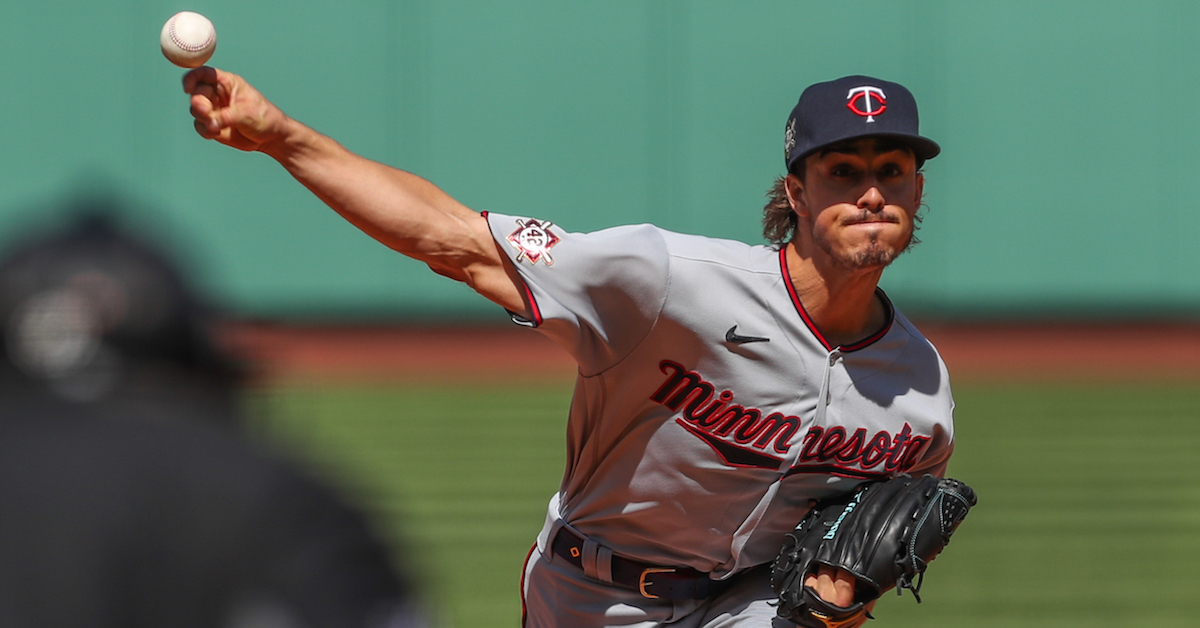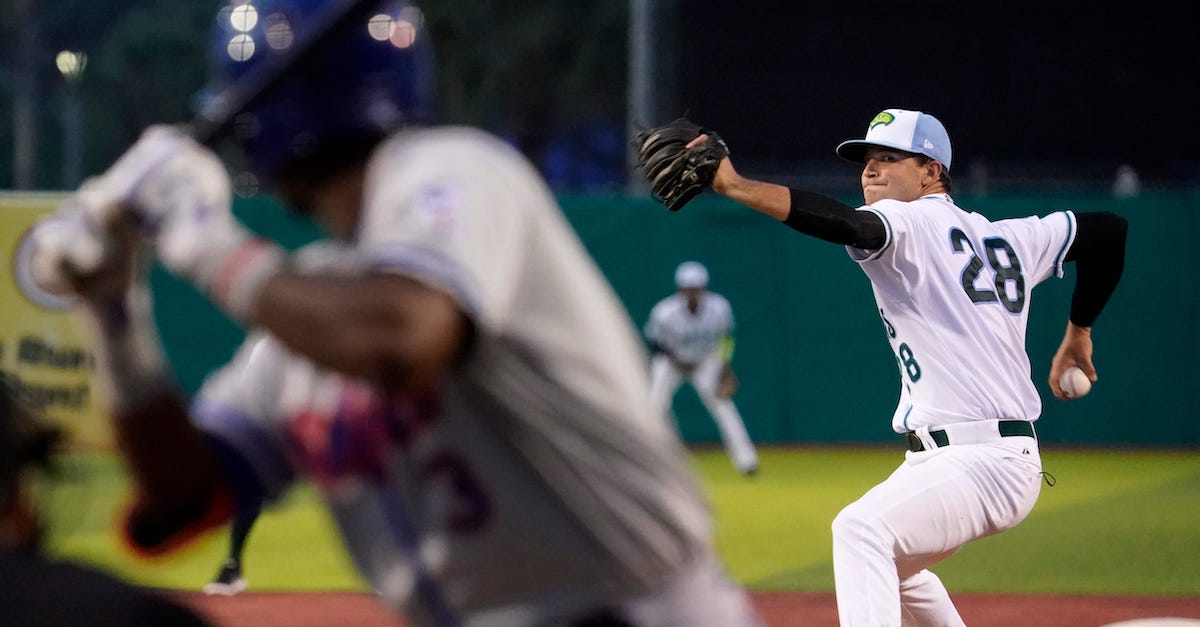Sunday Notes: Peter Gammons Perfected the Baseball Sunday Notes Column
Peter Gammons didn’t invent the Sunday notes column, but few would dispute that he perfected it. The 77-year-old sportswriter-turned-TV-analyst did so at The Boston Globe, where he began a career that has seen him become the world’s most-influential baseball columnist. To say that Gammons has been an influence on the column you are currently reading would be an understatement.
I’ve had the pleasure of knowing Gammons for years, yet had never asked him about the genesis of his own Sunday column. Chatting with him at Fenway Park earlier this week, I decided to change that.
“I loved the notion of the notes column, and how Dick Young used it,” Gammons said of the late New York-based sportswriter. “I always thought there should be one for every sport. Bob Ryan and I talked about it when we were both interns, in 1968. I’ve always loved the minor leagues, and in 1970 — 1969 was my first full year with the Globe —I asked, ‘Can I write a notes column on the minor leagues?’ The Globe people said fine. This was for the Sunday paper.”
Gammons recalled writing about Bob Montgomery, who came up through the Boston system before catching for them for 10 big-league seasons. (Later a TV analyst on Red Sox games, Montgomery has the distinction of being the last player for any team to come to the plate without a batting helmet.)
In typical Gammons fashion, the other player he mentioned having covered in his nascent notes days was equal parts obscure and interesting. Calling him “a minor league legend as a hitter,” and citing his .300 big-league batting average, Gammons name-checked Chris Coletta. Read the rest of this entry »






